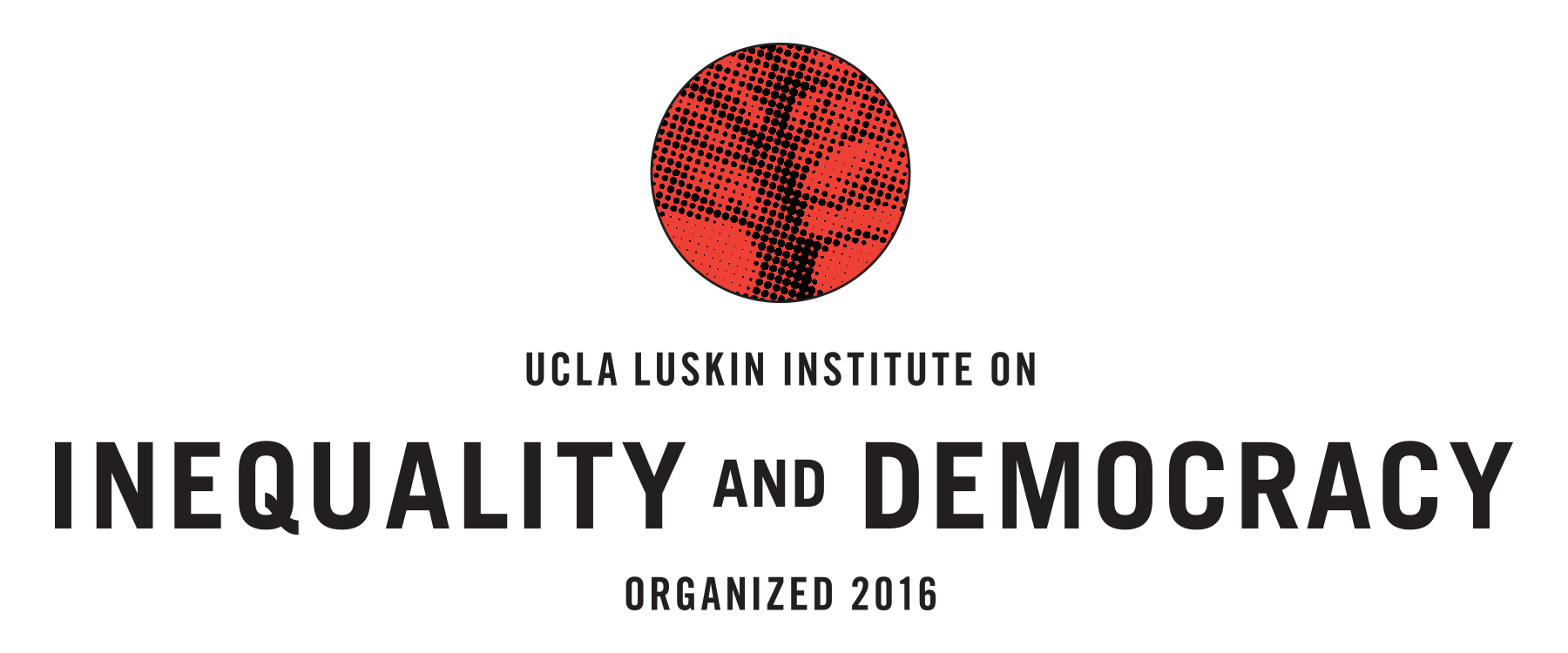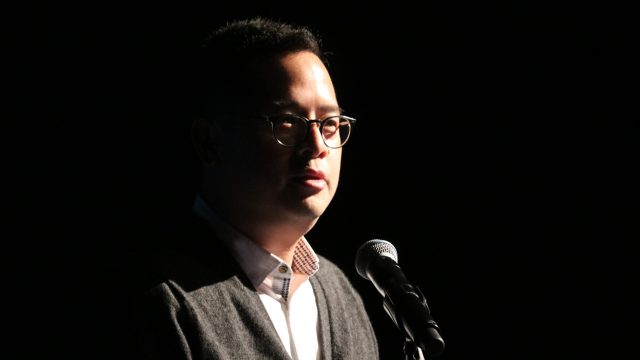Jeff Chang Interview: Don’t Mourn, Organize. Don’t Despair, Create.
By Andrés Carrasquillo, UCLA Luskin graduate student
IID: Your pinned tweet is “DON’T MOURN, ORGANIZE. DON’T DESPAIR, CREATE.” What do you mean by ‘create’?
JC: Well, “Don’t mourn, organize” comes from the labor movement and the idea that we don’t have time to mourn. We have to get ourselves together. We have to get ourselves organized. I pinned this on the night of the election. A lot of the feedback I got that night was, like, “Fuck, give us time to mourn, please!” I hear that, you know?
The other part was about creating, the notion of not despairing. Not losing your energies to the forces that would want to hold you down, but to muster your forces in order to create. That was specifically around the notion of artistry, that artists have to create. We have to imagine the world that hasn’t been yet. The process of mobilizing, organizing, and then fighting for social justice is a process of creation.
IID: What prompted your book, We Gon’ Be Alright?
JC: I was charged with coming up with an introduction for the paperback edition of Who We Be. I went to Ferguson a year after the murder of Michael Brown for the anniversary demonstrations that organizers were putting together, and I came away deeply, deeply inspired. Inspired by the creative forces that were at work, the fact these were everyday folks. These were kids right out of high school or still in high school. These were workers, these were churchgoers, these were mothers, these were grandparents. These were folks who do not fall within the category of what respectability politics would determine to be a leader, you know what I mean? And across the board there was this very spiritual underpinning to the movement.
I was just really crazy inspired by that. I wanted to write about that, and it just poured out of me. I got to writing like 50 pages, turned that in, and then my editors were like, “This is great, but it’s not a new introduction for a book. It’s a new book. If you’re up for it, you got three months. Go. Do it.” [Laughs]. I’m like, “Okay, let’s do this.” The previous book took me eight years to write. This book kind of poured out of me in three months, four months.
IID: The cover image of your book is of two hands. It recalls the “Hands up, don’t shoot” rallying cry or hands raised in a sermon.
JC: Exactly, yes. Like in praise. Or in hip-hop, “Throw your hands in the air”. Or it could be joy.
This particular image came from a series of posters that Damon Davis produced. Between the moment that Governor Jay Nixon declared a state of emergency and the grand jury announcement—it was like a week or something—these posters went up. Damon, this amazing artist from East St. Louis, had wanted to create a work of art that would give hope to and reenergize all of the organizers that he was working with on a daily basis. People were feeling very broken down, feeling very stressed.
So, the way that Damon tells the story is that he came upon this image thinking about “Hands up”. He went to a lot of the leaders in the movement and took pictures of their hands. And there’s even a kid of one of the leaders who he took pictures of. The hands were white, they were black. He superimposed them on a white background and he made these full-sized posters. His idea was to put them up on the boarded up windows on West Florissant Avenue, which had been the site of all of these clashes between the young activists and the super-intensely militarized police ever since August 9, 2014. Once he did that, it completely transformed the block. Instead of having all of these businesses boarded up as if a hurricane was going to be coming through, you suddenly have these images that reflected back to the community their own kind of power.
[Note: here’s an article about that installation.]
IID: We’re talking on #J18 just before the “From the Frontlines of Justice” event, where you’ll be speaking. All day today, people at UCLA and at universities and organizations across the globe have organized to critically engage with the oncoming Trump presidency. How have you been participating?
JC: Over at the Asian American Studies Center we had a roundtable hangout discussion about ‘what now?’ with a number of young folks who work there. What now after Trump’s being elected? What now, given all of the appointees who are going in? What now, thinking about the kinds of work we need to do moving forward? Since the election I found myself wanting and needing to be with people who are thinking and who want to act with purpose.
You know, I’m somebody who has a lot of questions. I don’t have the answers, but I deeply trust the process. These conversations happening throughout the country will inevitably create the ideas and the actions to help us to move forward.
This interview was edited and condensed for clarity.




